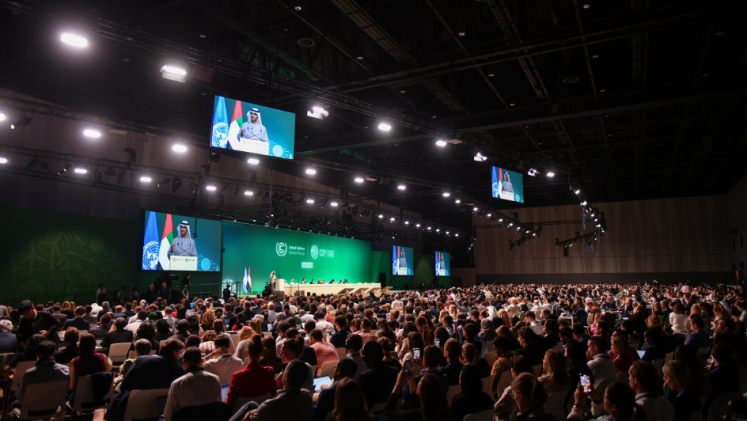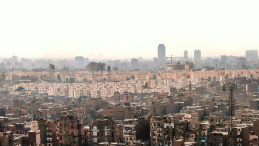It is the time of year again for climate policy to take centre stage. From 11 to 22 November 2024, world leaders, decision makers and other stakeholders such as representatives of the private sector, youth and civil society, will gather in Baku, Azerbaijan for the 29th Conference of the Parties, or COP in short. This means the spotlight is once again on the climate crisis and the actions needed to address it. Countries will have to follow up on previous commitments and advance new ones, all amidst geopolitically challenging times. Here are 5 highlights to expect at this year’s climate summit:
A new global climate finance target needs to be set
At COP29, negotiators will need to set a new global climate finance target for 2025 and onwards, working from the $100 billion per year commitment that countries agreed upon before. Tough negotiations lay ahead to address quantity and quality of climate finance, to put fair expectations on contributors of climate finance and ensure impact, and to mobilize necessary investment from the private sector. The new target must not only significantly increase financial pledges but should also improve the accessibility of these funds.
Countries must boost ambition and set up expectations for the next cycle of national climate plans
The 2025 deadline for submitting Nationally Determined Contributions (NDCs) is approaching, and there is a pressing need for increased ambition. This marks the beginning of a new cycle for the Paris Ratchet mechanism within the Paris Agreement, which requires nations to submit increasingly ambitious climate commitments every five years, progressively raising their targets to reduce emissions. It is crucial to deliver and incorporate breakthrough language from COP28, including commitments to transition away from fossil fuels and increase renewable energy capacity at least threefold by 2030.
COP29 will prepare the Loss and Damage Funds to deliver impact
In 2024, the Loss and Damage Fund has made progress throughout the year, selecting the Philippines as the host for its board, establishing working relationships with the World Bank and hiring an Executive Director. COP29 is expected to approve these interim steps and elevate the discussions on enhancing and improving loss and damage funding arrangements. Negotiators will also review the Warsaw International Mechanism (WIM), which was established to address the impacts of climate change that go beyond what people and ecosystems can adapt to. The review is a key opportunity to strengthen the WIM’s role and enhance its coordination with the newly created Loss and Damage Fund and the Santiago Network, which facilitates technical assistance to vulnerable countries in dealing with climate-related loss and damage. Additionally, COP29 will focus on scaling up financial support within the evolving framework of loss and damage governance.
COP29 will drive adaptation action by guiding countries from planning to implementing their adaptation plans
COP28 established a framework for the Global Goal on Adaptation. Countries were urged to formulate National Adaptation Plans (NAPs) by 2025 and demonstrate progress in their implementation by 2030. Further technical work to measure adaptation progress will be discussed at COP29, but full conclusions are expected only next year. This year, the focus should be on providing further guidance to countries on how to prepare and implement their NAPs. Additionally, COP29 might attract funding pledges for adaptation and loss and damage, such as contributions to the Adaptation Fund. Lastly, adaptation negotiators at COP29 need to make sure to have adaptation adequately reflected in the climate finance goal.
2024 is a COP year focusing on linkages between climate, nature, land and cities
This year is a "triple COP" year, meaning that three key international environmental conferences are taking place: COP29 for climate change in Baku, COP16 for biodiversity in Cali, Colombia and COP16 for desertification and soil degradation in Riyadh, Saudi Arabia. This convergence of conferences offers the opportunity for world leaders to align their efforts across these interconnected crises. Addressing climate change, biodiversity loss and land degradation together is essential for ensuring sustainable solutions that benefit planetary health as a whole. In addition, the 12th World Urban Forum ends just before COP29, providing an opportunity to carry forward the momentum generated there. WUF outcomes can serve as inputs at COP and highlight the importance of local leadership for ambitious climate action and the need to support cities in addressing climate-related loss and damage. Local governments must be empowered by addressing cities in NAPs, NDCs and newly designed mechanisms for access to loss and damage finance, ensuring better access to climate finance to rebuild and strengthen urban resilience, and providing support to communities most impacted by climate change.




